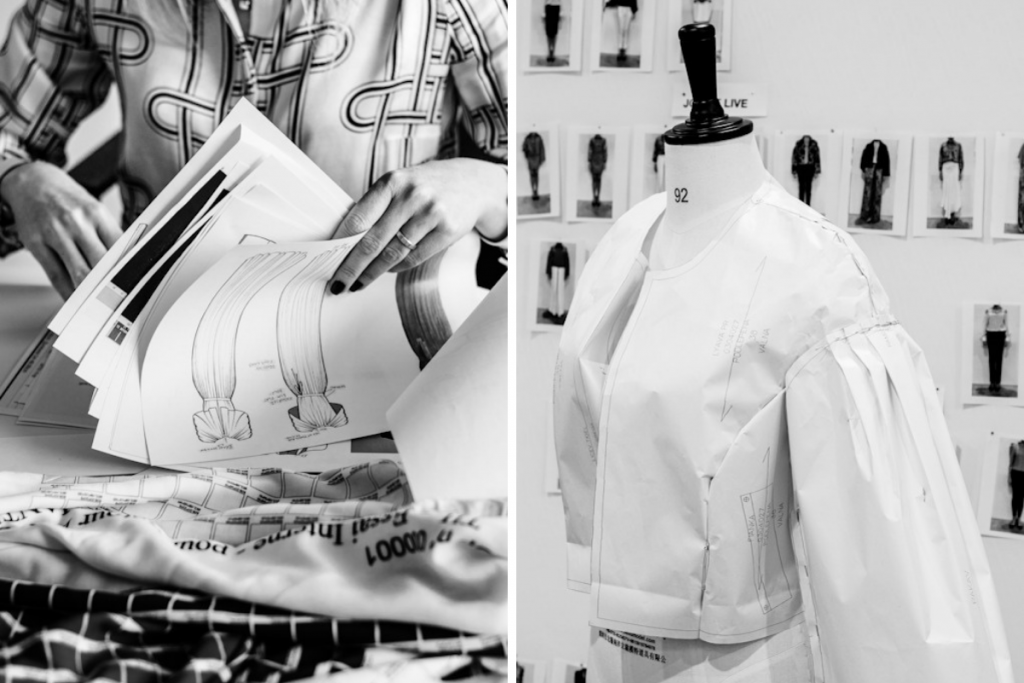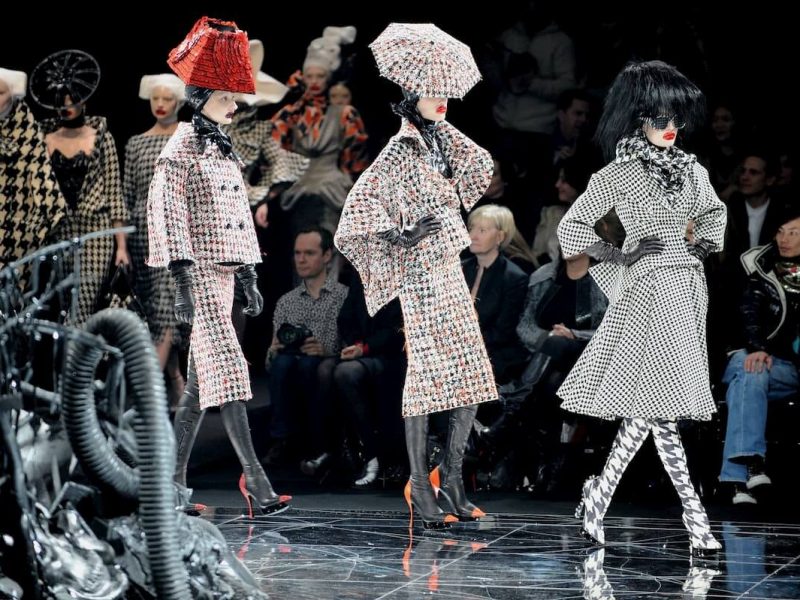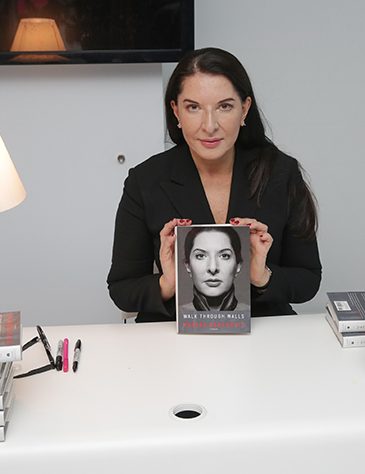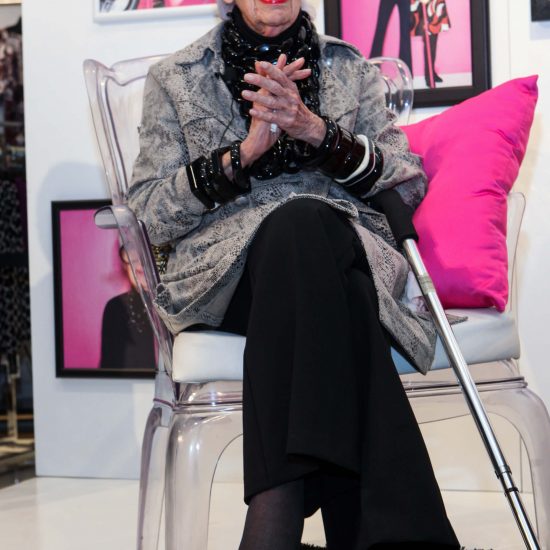
Haute Couture – Wearable Pieces of Art
“Haute Couture consists of secrets whispered from generation to generation, If, in ready-to-wear, a garment is manufactured according to standard sizes, the haute couture garment adapts to any imperfection in order to eliminate it” says Yves Saint Laurent. It’s very responsible to say “I do couture”. As Tim Gunn highlights “you have to be licensed by the government of France to do couture”. But is it true?
The laws of Fashion
In 1921 The French press created PAIS ( L’Association de Protection des Industries Artistiques Saisoinnieres) to protect couture designs from being copied. To ensure the copyright of the designers, photographs were taken of their pieces. They were placed on a mannequin and shot from the front, back and side as evidence. It’s interesting that the name is French, the rules are French but the concept belongs to Charles Frederick Worth, an English tailor, who used for the first time “fashion designer” as opposed to “tailor”. These days he was so revolutionary to create the male-dominated fashion industry as it is today. Worth, mentioned as “The Father of Haute Couture”, established the first haute couture house in Paris, which sold luxury pieces to the ladies of the upper classes, bourgeois elite and notable clients as Empress Eugenie – wife of Emperor Napoleon III, Elizabeth – Empress of Austria and Queen of Hungary, Louisa – Queen of Sweden, Maria Cristina – Queen of Spain; and Ranavalona – Queen of Madagascar etc. Worth’s fashion was an impressive “wearable piece of art” with unique ornamental embroidery and perfect design.
Chanel above all?
“Chanel is above all a style. Fashion passes, style remains” – says Coco Channel. For her Haute Couture was a mixture of elegance, imagination, creativity and experimentations. Coco liberated women from the corsets and highlighted silhouettes with lace, tulle and embroidery, made by immigrants from Russia. Karl Lagerfeld, the iconic haute couture designer for Chanel, was sure that Haute Couture has a real reason to exist in a limited way, like Chanel or Dior, because these brands have a real couture house organization. Lagerfeld is right that it can’t be improvised. “You can make very good clothes at home on a limited scale but a real couture organization…there are very few left”– said iconic designer. That’s why in 2015 the house of Chanel owns Paraffection a company created to support artisanal manufacturing. It includes the world’s greatest Ateliers d’Art including Desrues (specialised in ornamentation and buttons), Lemarie for feathers, Lesage for embroidery, Massaro for shoemaking and Michel for millinery.

Adding the final touches to a Chanel dress with Karl Lagerfeld overlooking the process, 1984(Photo by John van Hasselt/Corbis via Getty Images)
Or is it Dior?
Another famous French couturier was Christian Dior who worked under fashion designer Robert Piguet. “ Robert Piguet taught me the virtues of simplicity through which true elegance must come” – said Christian Dior. In 1942, during the occupation of France, Dior joined fashion designer Lucien Lelong producing couture dresses for the wives of Nazi officers and collaborators. In the 21 century the most significant Creative Director at Dior was famous minimalist designer Raf Simons. His fashion recipe was for “Confident Outsiders” and it included tradition and the 90’s, individuality and independence. Simon’s debut Dior A/W 2012 collection was called ‘The new couture’ and made reference to the start of a new Dior through the work of Simons. “I wanted it to be linked to the codes of Dior, but to have more energy” – said Simons.

French fashion designer Christian Dior arranging one of his evening dresses. Paris, 1940s (Photo by Mondadori via Getty Images)
The Story Continues
“The big difference between couture and ready-to-wear is not design. It is the fabrics, the handwork, and the fittings. The act of creation is the same” – said Yves Saint Laurent. In 1966 the first-ever couture boutique was established by pioneer Yves Saint Laurent when he launched Saint Laurent Rive Gauche. The first gown, labeled “00001” was delivered to Madame Patricia Lopez-Willshaw, an important society figure after the war. According to him, Haute Couture was an endless love story between couture and him. Other brands, including Pierre Cardin, Andre Courreges, Ted Lapidus and Emanuel Ungaro soon followed YSL in haute couture direction.
“I want to hear myself referred to as Elie Saab, without labels or titles “- says Arabian designer Elie Saab. In the world of fashion designing, he is one of the most renounced names. When Elie Saab was just 18 opened his first atelier with 15 employees. His feminine aesthetic and romantic crystal-encrusted gowns are a dazzling fusion of Middle Eastern detailing and European sensibilities. Women from the Beirut’s high society wear his pieces but international fame came after Halle Berry wore an Elie Saab gown when she won the Oscar for Monster’s Ball.
In 2020 the Haute Couture industry was “infected” by the Coronavirus. What will the future bring? Only time will show us the path.


